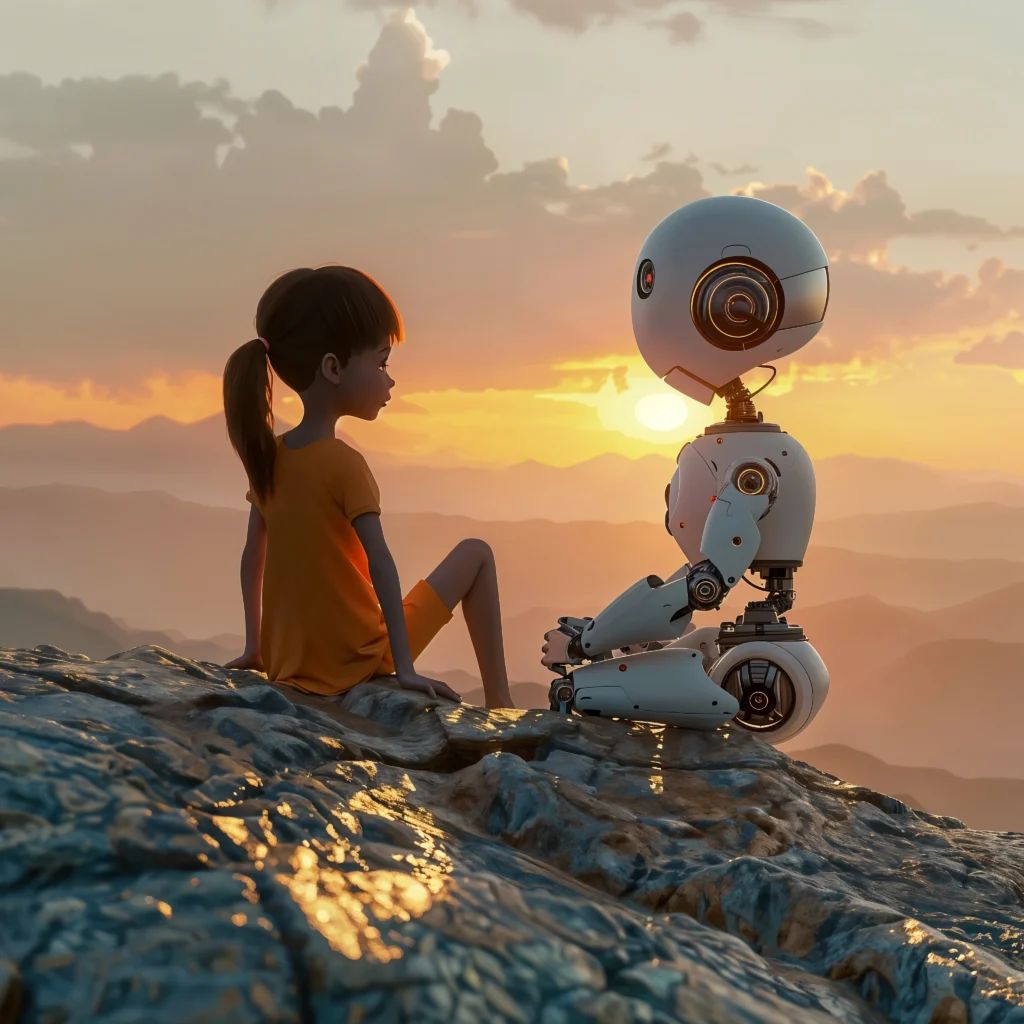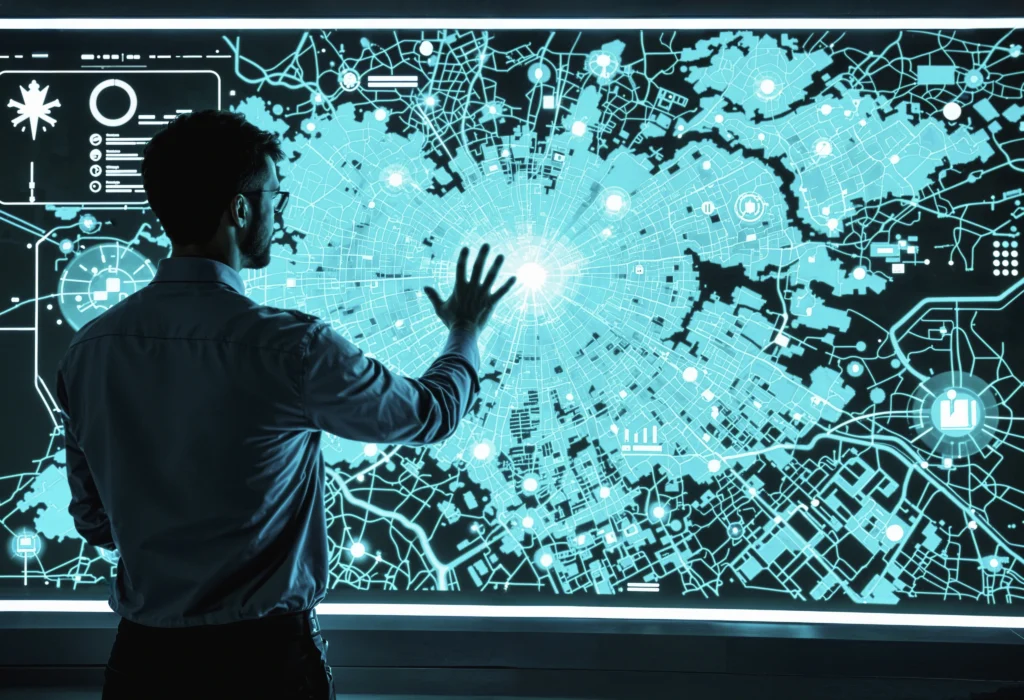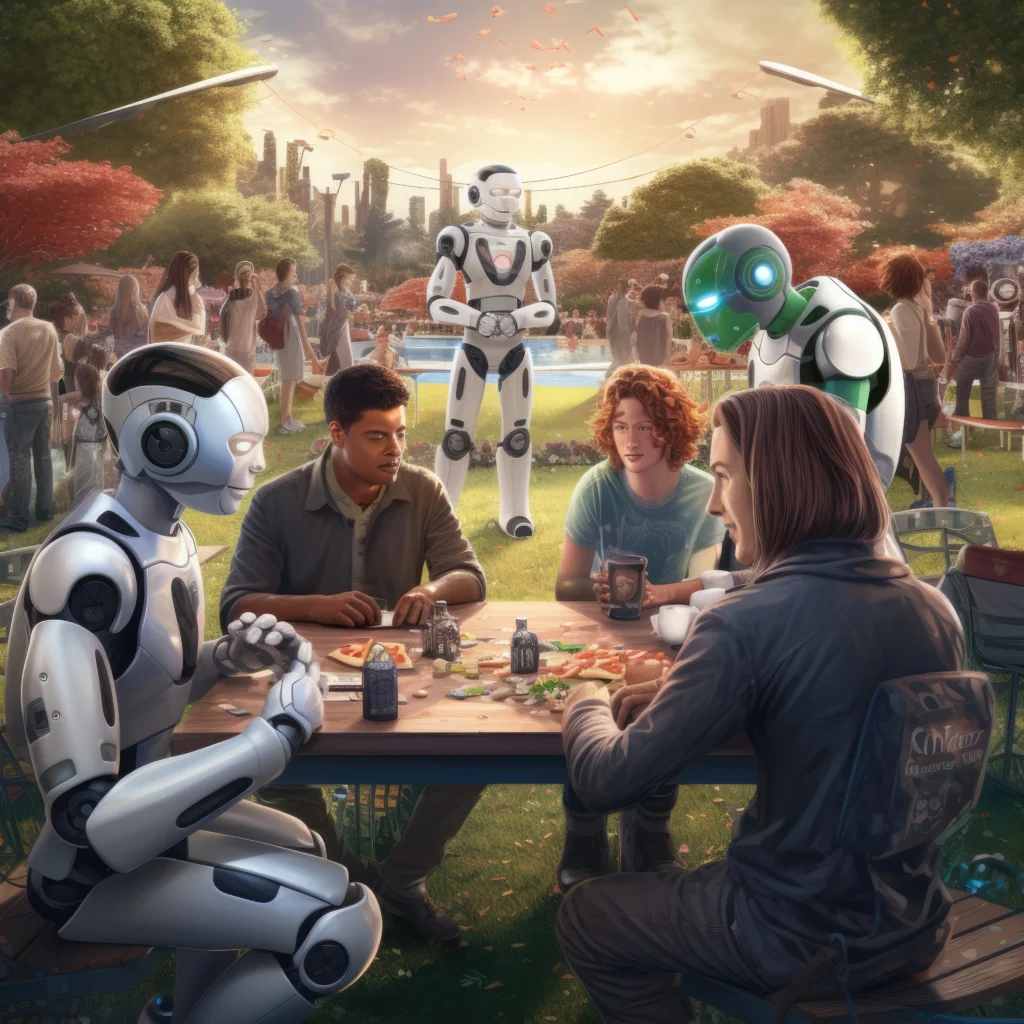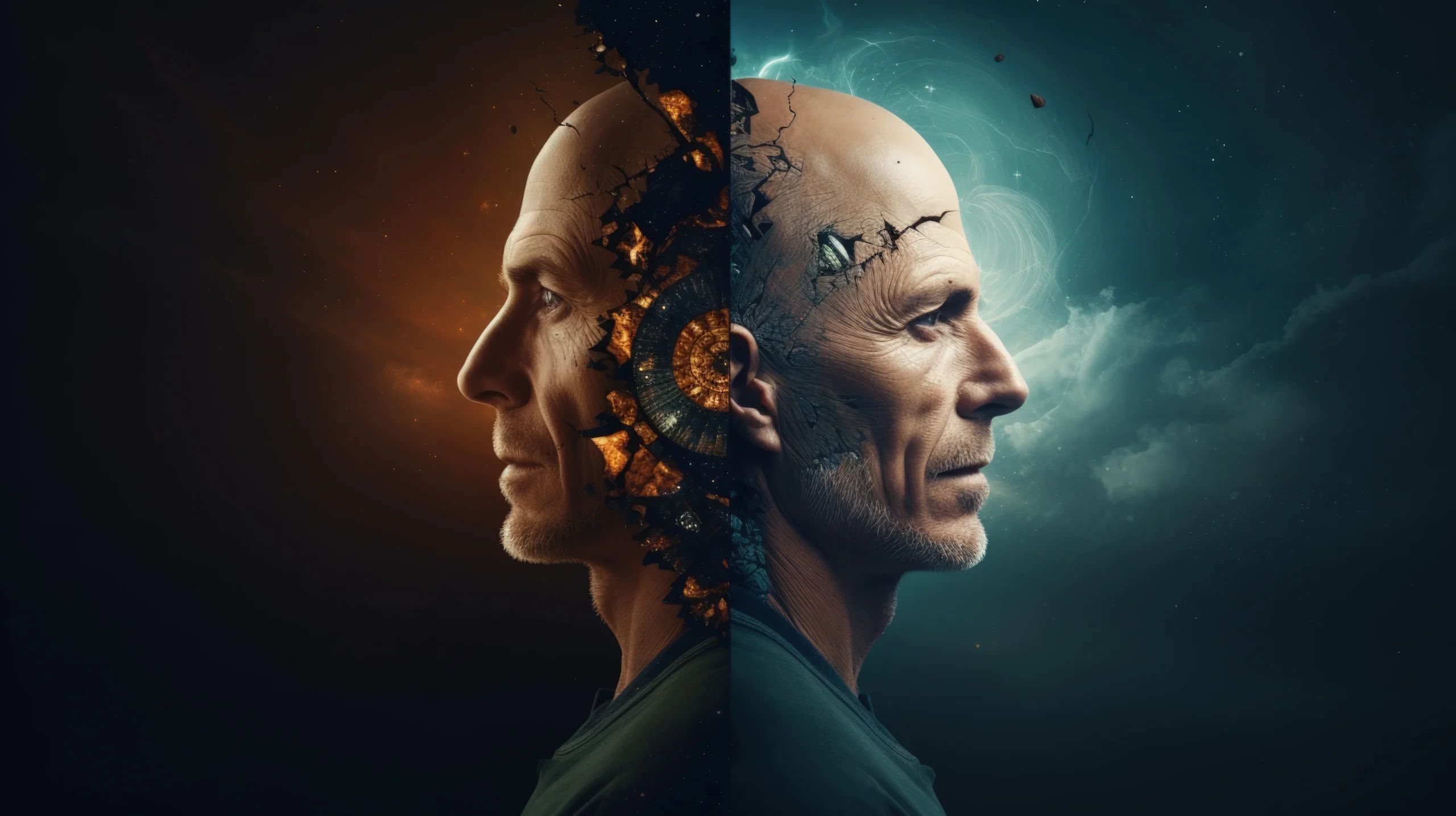Introduction to AI vs Human Intelligence

Understanding AI vs Human Capabilities
Artificial Intelligence (AI) has rapidly transformed industries, from healthcare to finance. But comparing AI vs Human intelligence shows that each has unique abilities. AI excels at performing repetitive, data-driven tasks, while humans offer creativity, emotional understanding, and ethical reasoning. Understanding these differences is crucial for organizations aiming to leverage technology effectively.
What is AI and How It Works
AI refers to machines designed to perform tasks that typically require human intelligence. This includes learning from data, recognizing patterns, and making decisions. From autonomous vehicles to virtual assistants, AI systems are trained using algorithms that allow them to improve over time. Despite these capabilities, AI still relies on data inputs and lacks independent reasoning.
How Human Intelligence Differs
Humans combine cognitive skills with emotions, ethical judgment, and creativity. Unlike AI, humans can think abstractly, solve novel problems, and make decisions in uncertain situations. Our ability to understand nuance, context, and social dynamics allows humans to innovate in ways AI cannot replicate.
Why Comparing AI vs Human Matters
Examining AI vs Human intelligence helps businesses, educators, and policymakers strike the right balance between automation and human insight. By understanding the strengths of each, we can enhance productivity while preserving uniquely human capabilities.
Impact on Society and Technology
AI adoption has increased efficiency, accuracy, and scalability across industries. Yet, humans continue to drive innovation, ethical oversight, and cultural understanding—areas where AI alone falls short. Recognizing these distinctions ensures AI is applied responsibly.
Preparing for a Collaborative Future
The future will likely involve humans and AI working together, complementing each other’s strengths. Collaboration can unlock new possibilities, from AI-assisted creativity to improved decision-making in critical fields like healthcare and governance.
Key Differences Between AI vs Human Intelligence
Speed and Accuracy: AI vs Human
AI processes large volumes of data faster than humans can ever manage. For example, in finance, AI algorithms can monitor millions of transactions in real time to detect fraud. Humans, however, excel in contextual analysis, understanding subtle social or ethical nuances that AI might overlook. This makes AI ideal for precision and speed, while humans remain critical for interpretation and judgment.
AI Processing Large Data Sets Efficiently
AI thrives on structured data and pattern recognition. Tools like machine learning models can identify correlations in datasets that are too complex for humans to analyze manually. This capability is particularly useful in sectors like healthcare, logistics, and finance, where timely insights can prevent costly mistakes.
Human Limitations in Data Handling
Humans can become overwhelmed by massive datasets, leading to errors or slow decision-making. While we excel in reasoning and creativity, our processing capacity is limited compared to AI’s computational power.
Creativity and Problem Solving in AI vs Human
AI can generate content, designs, and solutions based on existing data. For example, AI tools can compose music, write articles, or suggest architectural layouts. However, humans bring originality, intuition, and context to problem-solving. The invention of the internet or vaccines illustrates human innovation that cannot be replicated by algorithms alone.
AI-Generated Creativity vs Human Innovation
AI produces results by remixing existing patterns, but it cannot conceive entirely new ideas. Humans, on the other hand, combine knowledge, imagination, and curiosity to create unprecedented solutions.
Real-Life Examples of Human Ingenuity
Breakthrough inventions, scientific discoveries, and artistic masterpieces highlight human creativity. These achievements demonstrate the importance of imagination, intuition, and emotional depth—qualities AI cannot replicate.
Learning and Adaptability: AI vs Human
AI learns from data using algorithms like machine learning and deep learning. It improves with more information but is limited to the scope of its training data. Humans learn experientially, adapting to new circumstances and applying knowledge across contexts.
Machine Learning and Pattern Recognition
AI excels at recognizing patterns in structured datasets, such as detecting fraudulent transactions or predicting stock prices. This type of learning is fast, scalable, and highly accurate.
Human Experiential and Contextual Learning
Humans can generalize learning from one domain to another, make ethical judgments, and innovate when faced with new challenges. This adaptability is critical in dynamic environments where predefined rules may fail.
Emotional and Ethical Decision Making in AI vs Human
AI can simulate emotions and ethical reasoning using programmed rules or trained data. However, it cannot truly feel empathy or understand moral dilemmas. Humans excel in these areas, making ethical decisions and building relationships based on trust and emotion.
AI Limitations in Understanding Emotions
Even advanced AI cannot genuinely experience feelings. While it can detect emotional cues in text or facial expressions, its responses lack genuine understanding.
Human Ethical Judgment and Empathy
Humans incorporate moral reasoning, empathy, and social norms into decisions. This allows us to navigate complex, ambiguous situations in ways AI cannot.
Areas Where AI Outperforms Humans
Automation and Efficiency: AI vs Human
AI automates repetitive tasks, increasing efficiency while reducing errors. For example, manufacturing robots perform assembly-line tasks faster and more consistently than human workers. In office environments, AI can automate data entry, scheduling, and customer support.
Industrial and Office Applications
AI is used extensively in logistics, manufacturing, finance, and customer service to improve speed, reduce human error, and cut costs. Businesses increasingly rely on AI to maintain competitiveness.
Reducing Human Error and Repetitive Tasks
Tasks that are monotonous or highly structured are ideal for AI. Automating these functions allows humans to focus on creativity, strategy, and interpersonal tasks.
Predictive Analytics and Big Data in AI vs Human
AI excels at analyzing complex datasets to generate predictions. In healthcare, AI models can predict disease progression by analyzing patient histories, imaging data, and genetics.
Business Forecasting and Market Insights
AI-powered analytics improve decision-making in business by identifying trends and forecasting market changes. Humans benefit from AI insights to make informed strategic choices.
Healthcare Diagnostics and Risk Prediction
AI can detect diseases like cancer or diabetes early through pattern recognition in imaging and lab results, often outperforming human experts in accuracy and speed.
Robotics and AI in Healthcare vs Human Expertise
AI-assisted robotic surgery allows precision beyond human hands, reducing complications and recovery times. While humans lead in judgment and ethics, AI enhances surgical performance.
AI-Powered Medical Imaging
AI algorithms analyze medical images faster and sometimes more accurately than radiologists, aiding in early detection and treatment.
Precision Surgery and Robotic Assistance
Robots guided by AI can perform complex surgeries with high precision, complementing human expertise and reducing human error.
Areas Where Humans Still Lead Over AI

Critical Thinking in Humans vs AI
Humans excel at abstract reasoning, complex problem solving, and navigating ambiguity. AI can only operate within the confines of its programming and training data.
Complex Problem Solving and Abstract Thinking
Humans can analyze novel situations, anticipate consequences, and innovate solutions that AI cannot predict. For example, crisis management often relies on human intuition.
Innovation Beyond Algorithms
Humans invent new technologies, create art, and explore concepts beyond existing data—areas where AI cannot operate independently.
Emotional Intelligence: Humans vs AI
Humans interpret emotions, build relationships, and negotiate in ways AI cannot. Emotional intelligence allows humans to collaborate effectively, mediate conflicts, and respond to social nuances.
Understanding and Responding to Emotions
Humans can empathize, motivate others, and adjust communication based on emotional context, skills AI lacks.
Building Trust and Human Relationships
Trust, loyalty, and rapport are inherently human. These elements remain essential in leadership, customer relations, and teamwork.
Ethical Decision Making: Humans vs AI
Humans make moral and ethical choices based on principles, culture, and social norms. AI lacks the ability to fully comprehend morality.
Navigating Ambiguity and Morality
Humans evaluate conflicting interests, anticipate ethical consequences, and adapt to complex moral scenarios.
Social and Cultural Context Awareness
Human decision-making considers societal norms, history, and cultural factors—essential for responsible leadership and community well-being.
Collaboration Between AI vs Human Teams

Augmented Intelligence: Combining AI vs Human Strengths
Collaboration between humans and AI, known as augmented intelligence, combines speed and accuracy with creativity and empathy. This synergy enhances decision-making, productivity, and innovation.
Enhancing Productivity and Efficiency
AI handles repetitive, time-consuming tasks while humans focus on strategy, creativity, and relationship management.
AI-Assisted Decision Making
Real-time insights from AI complement human judgment, leading to better outcomes in business, healthcare, and governance.
AI vs Human Creativity Collaboration
AI can propose ideas, drafts, or designs, while humans refine and innovate. Together, this collaboration drives breakthroughs in art, science, and technology.
Design, Art, and Writing Applications
AI assists in generating creative content, from product designs to marketing campaigns, but humans provide the context and originality that make it impactful.
Successful Human-AI Co-Creation Examples
Fields like architecture, music production, and content creation showcase how AI and humans can co-create, achieving results beyond either working alone.
Enhancing Decision Making with AI vs Human Insight
AI provides data-driven recommendations, but human insight ensures ethical, social, and strategic considerations are integrated into decisions.
Risk Analysis and Strategic Planning
AI predicts potential risks, while humans assess ethical, financial, and social consequences to make balanced decisions.
Real-Time Data Insights Supporting Humans
In fast-paced industries like finance, logistics, or healthcare, AI offers real-time analysis, guiding human decision-making with precision.
Ethical and Social Considerations of AI vs Human Integration
Job Displacement in AI vs Human Workforce
AI automation may replace repetitive jobs, but it also creates opportunities for higher-skill roles. Humans need to reskill and adapt to stay relevant.
Industries Most Affected
Manufacturing, logistics, and administrative sectors are most impacted by AI. However, emerging roles in AI management, data science, and human-AI collaboration are growing rapidly.
Reskilling and Workforce Adaptation
Investing in education and training is essential to prepare the workforce for AI-integrated environments.
Bias and Fairness in AI vs Human Decision Making
AI can inherit biases from training data, leading to unfair outcomes. Humans must oversee AI to ensure fairness, accountability, and ethical standards.
How Bias Enters AI Models
Bias occurs when AI is trained on unrepresentative data or historical prejudices, affecting decisions in hiring, finance, and criminal justice.
Ensuring Ethical AI Practices
Humans must implement auditing, monitoring, and ethical guidelines to prevent discriminatory outcomes and maintain public trust.
Preparing for AI vs Human Coexistence
The future relies on balanced collaboration, with humans providing oversight and AI augmenting efficiency.
Regulations and Governance
Governments and organizations must create frameworks to ensure safe, ethical, and responsible AI deployment.
Long-Term Collaboration Scenarios
Humans and AI will increasingly work together, from creative industries to healthcare, enhancing human potential rather than replacing it.
Conclusion on AI vs Human Comparison
Balancing AI vs Human Strengths
The optimal approach leverages AI’s computational power and humans’ creativity, empathy, and ethical judgment. Together, they can achieve outcomes impossible individually.
Leveraging AI Without Losing Human Touch
AI should be viewed as a tool to augment human capabilities, not replace them. Strategic collaboration ensures maximum productivity while preserving human value.
Preparing for an AI vs Human Integrated Future
Humans must adapt to an AI-driven world through continuous learning, ethical awareness, and embracing technology responsibly.
Education and Skill Development
AI literacy, critical thinking, and emotional intelligence are essential skills for the future workforce.
Embracing Technology Responsibly
A balanced approach ensures AI complements human potential while safeguarding ethical and social values.
